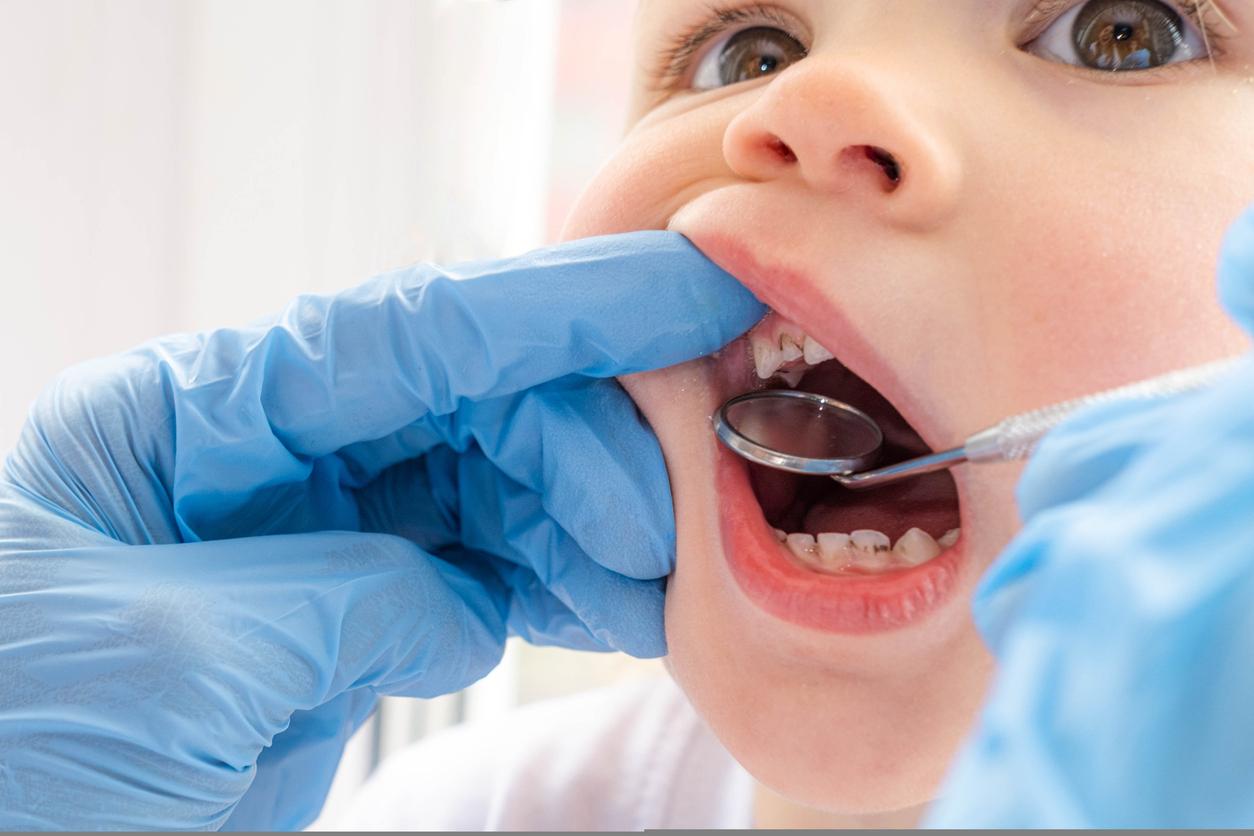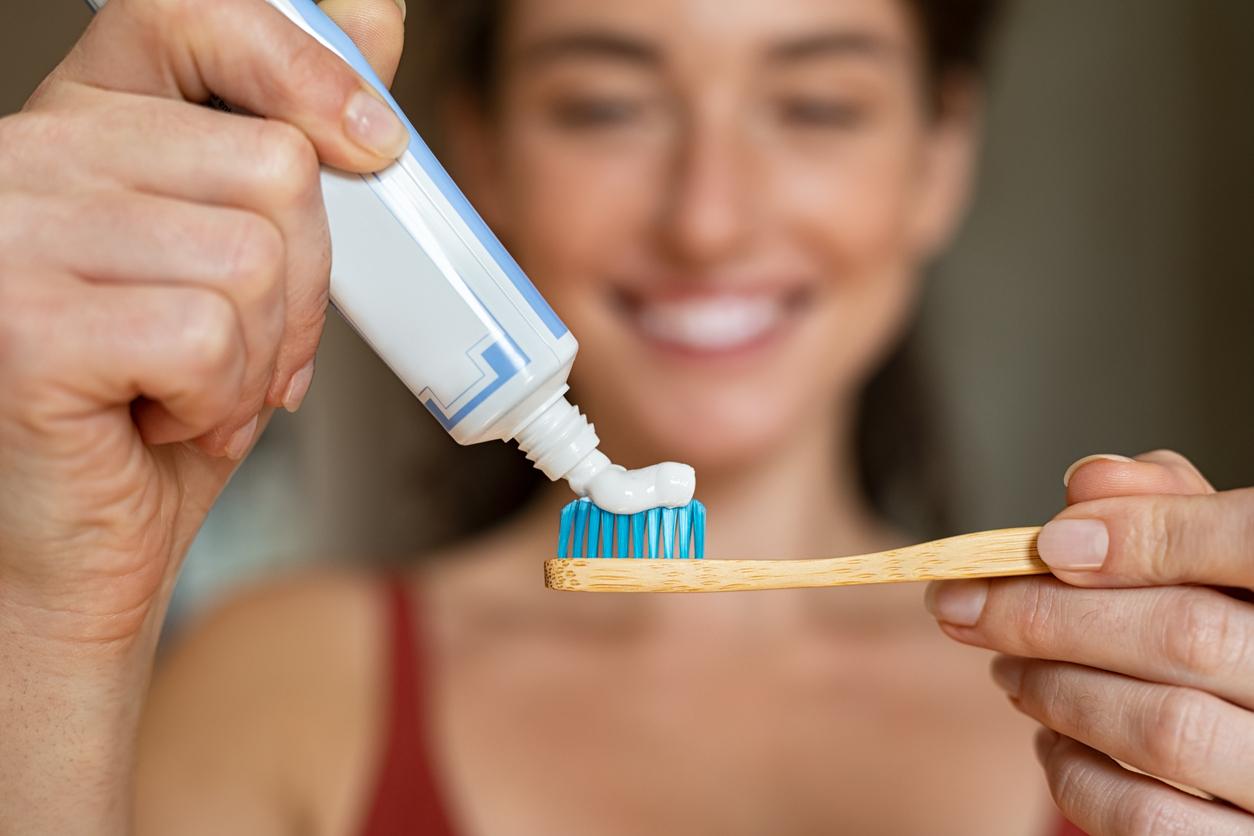Fillings made from bioactive glass would be more effective than compounds currently used, according to a study.

Bioactive glass, used in orthopedic surgery as a bone substitute, is making a timid appearance in dental offices. However, this compound of oxides of silicone, calcium and phosphorus, known for its ability to accelerate tissue repair (bone in particular), would benefit from being used more to treat teeth.
Antimicrobial properties
In any case, this is what researchers from Oregon State University claim, who publish their work in the journal. Dental Materials. This research, approved by the National Institute of Health in the United States, has in fact focused on the antimicrobial properties of bioactive glass. According to the results, this compound would allow the fillings to last longer, but also prevent the appearance of other cavities.
To reach this conclusion, the scientists made fillings containing 15% bioactive glass, which they placed on molars extracted from the jawbone of humans. The other teeth were filled in with the traditional compounds.
Then, the researchers then added dental bacteria to assess the reaction in the oral environment. However, according to their observations, samples with bioactive glass amalgam recorded a 61% reduction in bacterial penetration. In the other group, the penetration of bacteria was total.
Slow down the onset of cavities
“Bacteria in the mouth that contribute to the formation of cavities do not seem to like this type of glass and are therefore less likely to colonize the amalgam that incorporates it,” commented Jamie Kruzic, professor at OSU College of Engineering. have a significant impact on the future of dental care ”.
Indeed, the authors believe that in addition to slowing the onset of cavities, this type of glass could also provide minerals capable of helping to replace those lost by the tooth, thus making these amalgams all the more durable.
Two types of compounds are currently used by dentists – amalgam (gray fillings, metallic alloy of silver, copper, tin and mercury) and composite (white fillings, in the form of pastes containing quartz particles , silica and zirconium). If these latest findings were to be confirmed by clinical research, bioactive glass could easily be incorporated into the current composition of fillings, the authors believe.
.

















